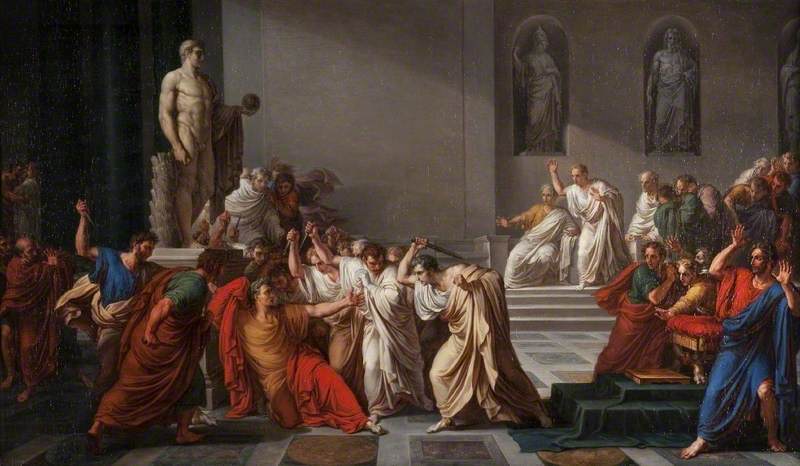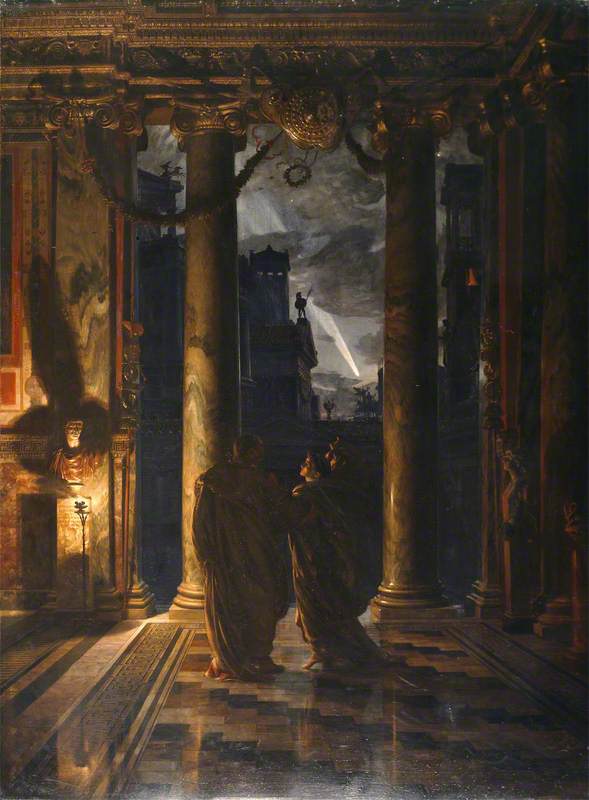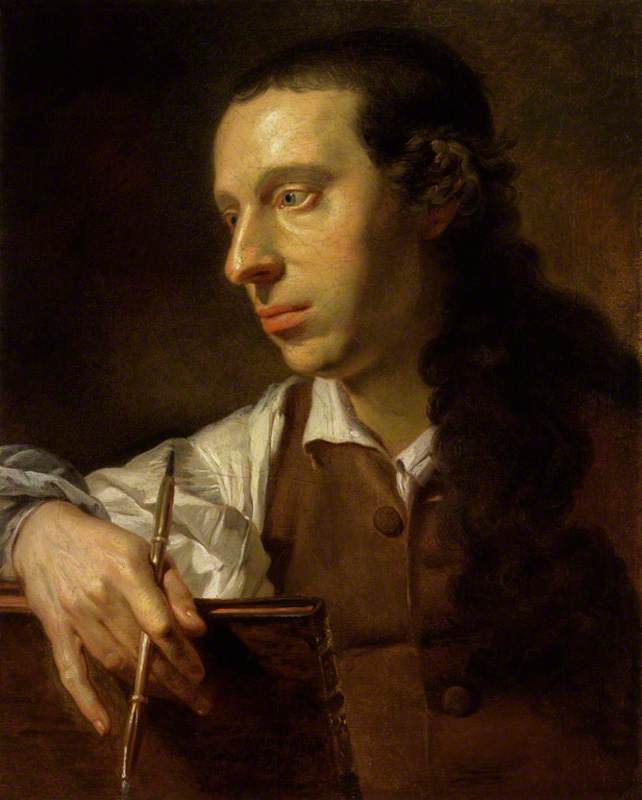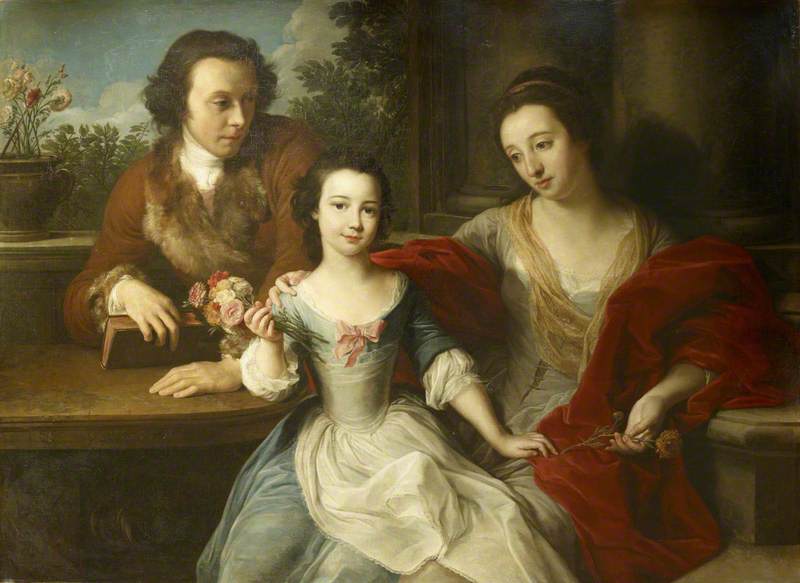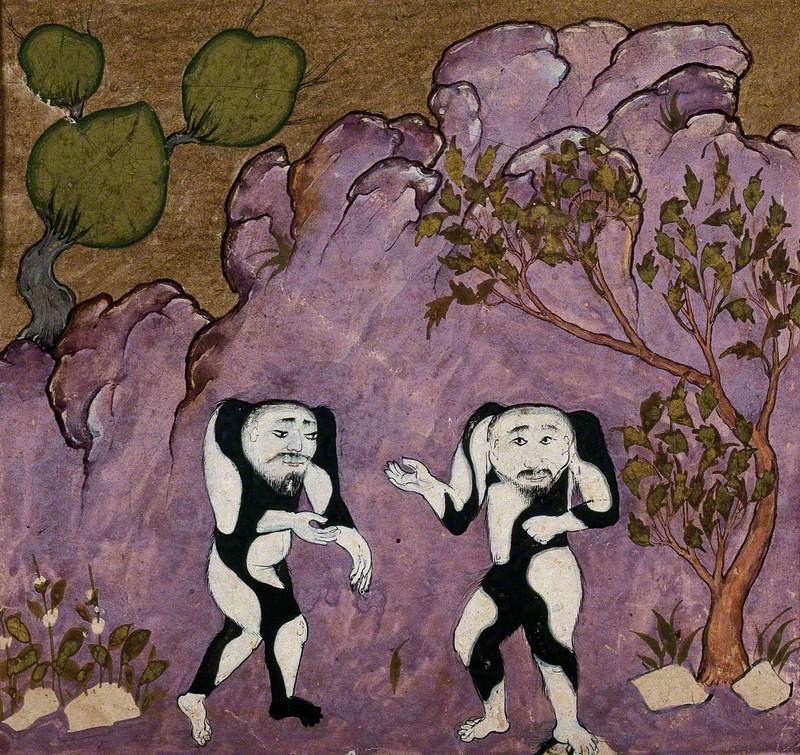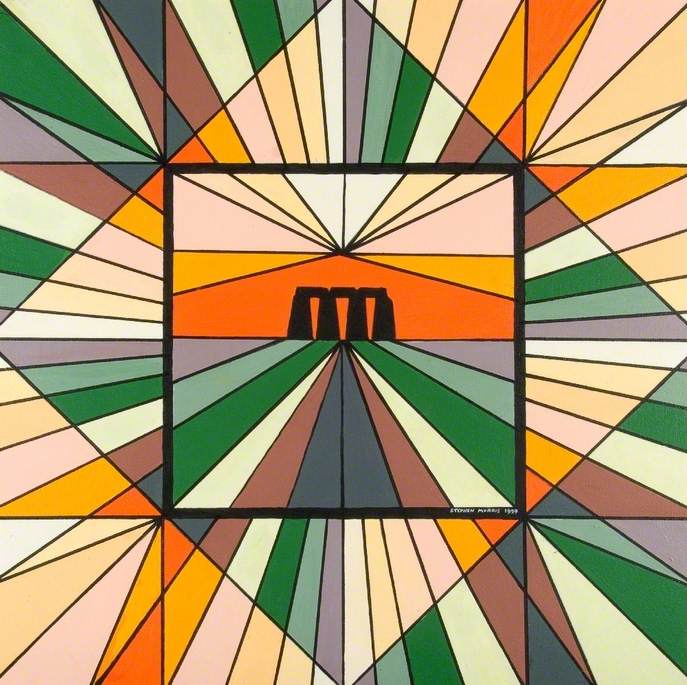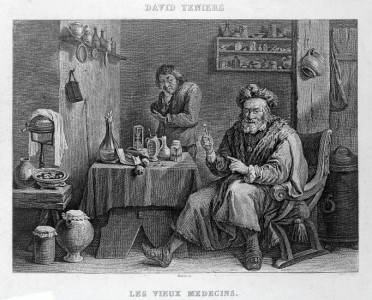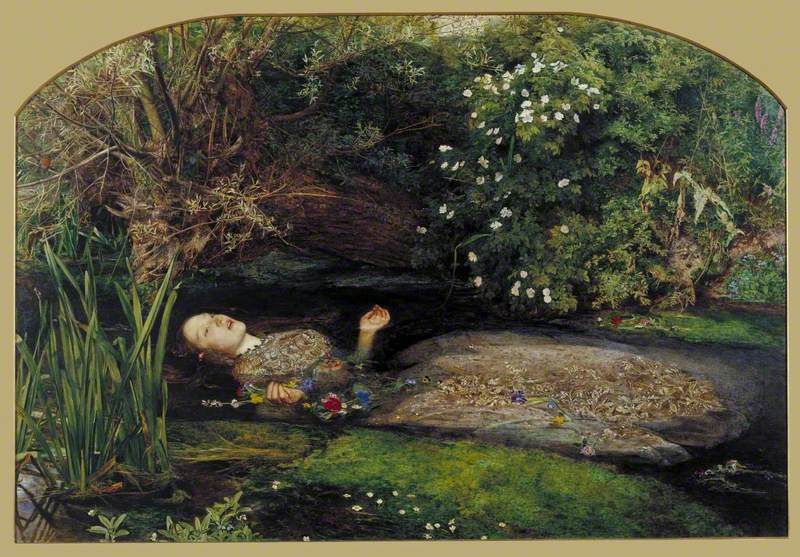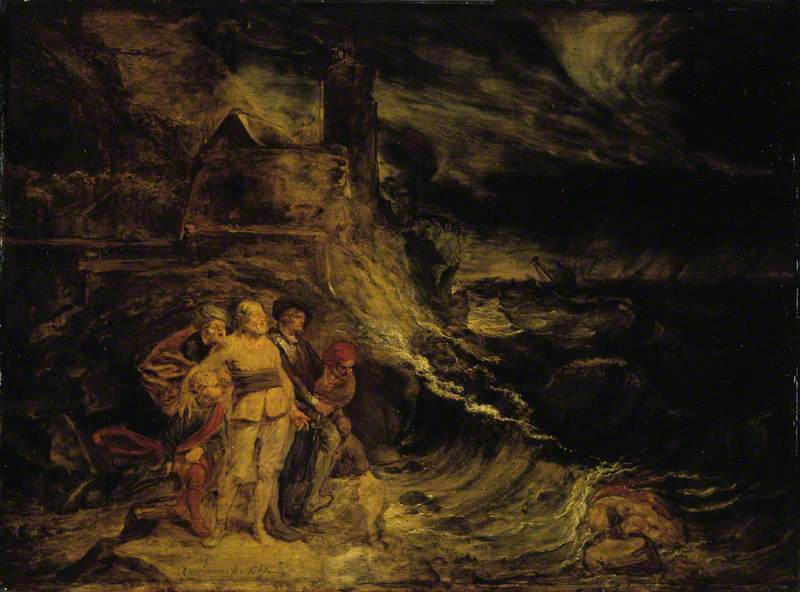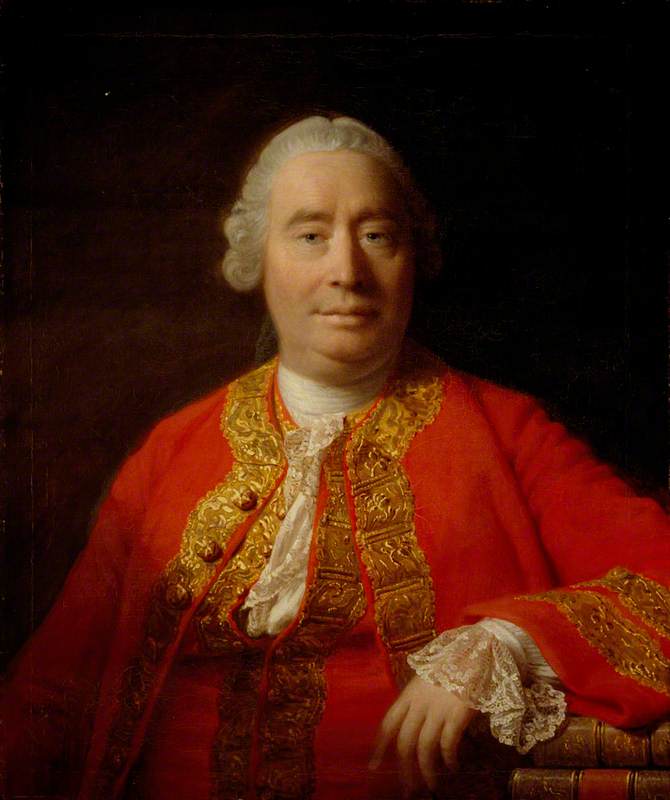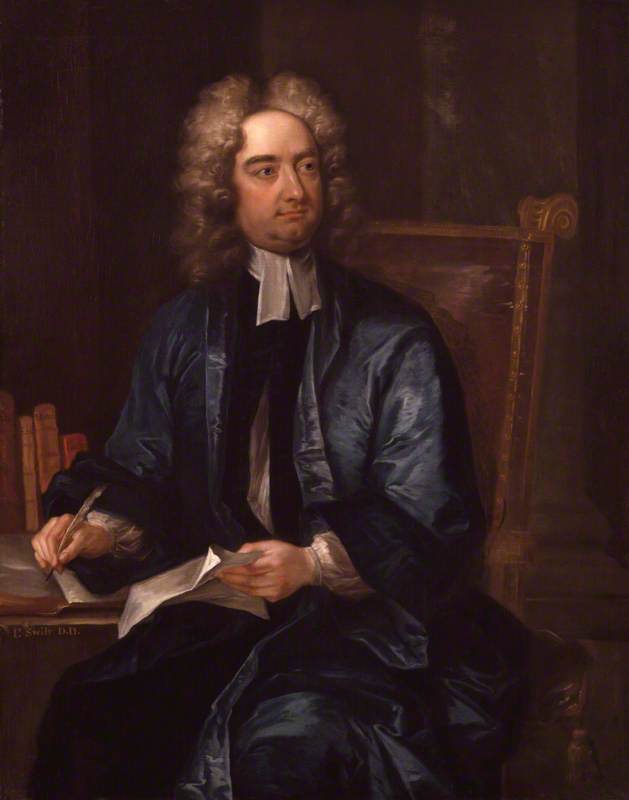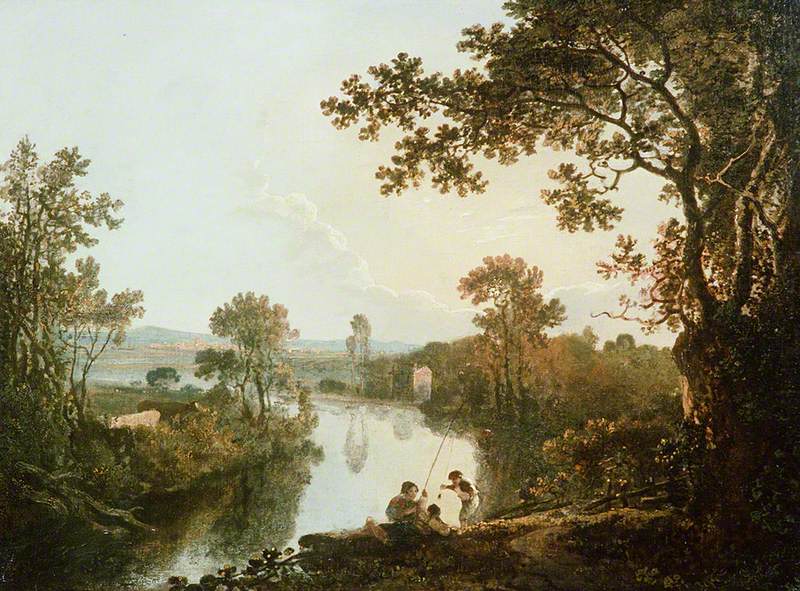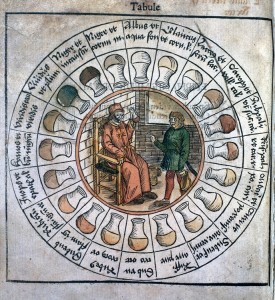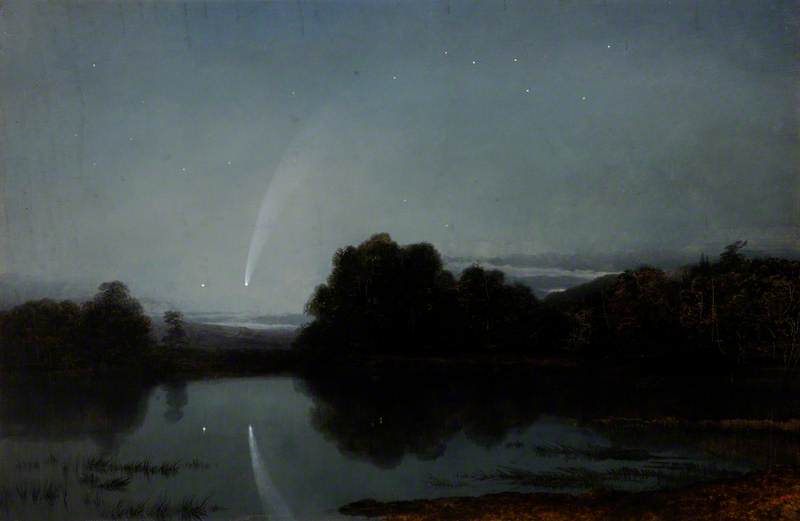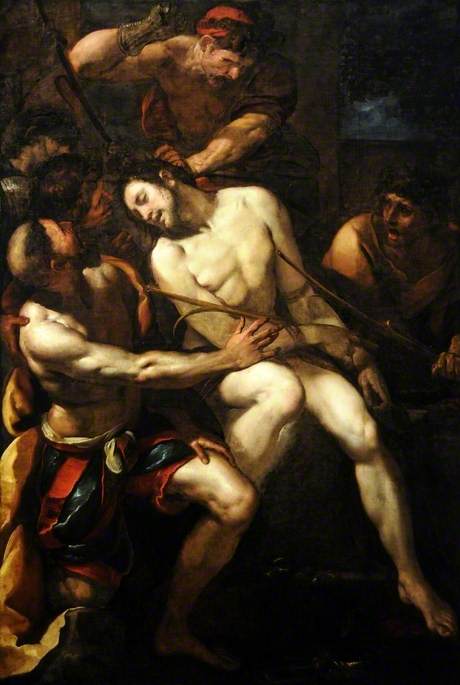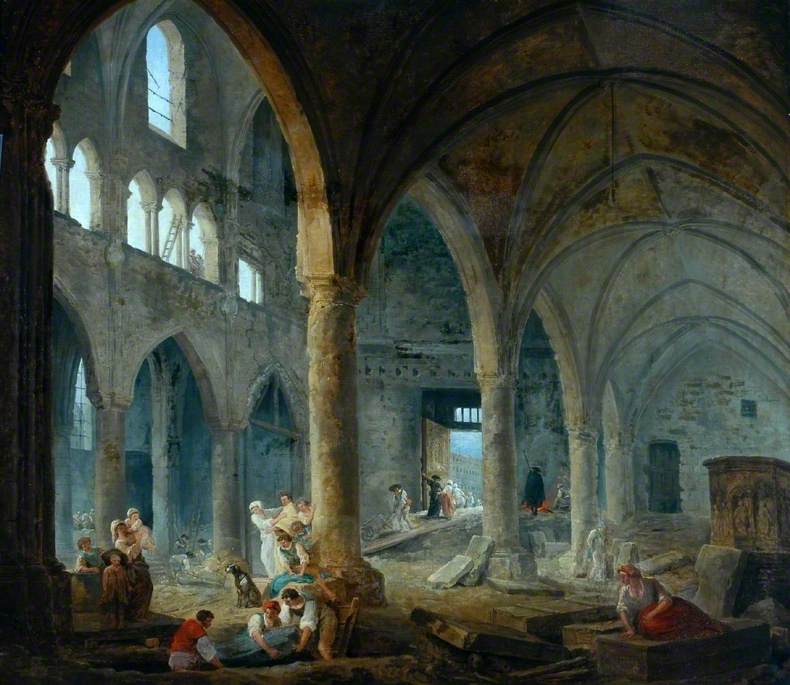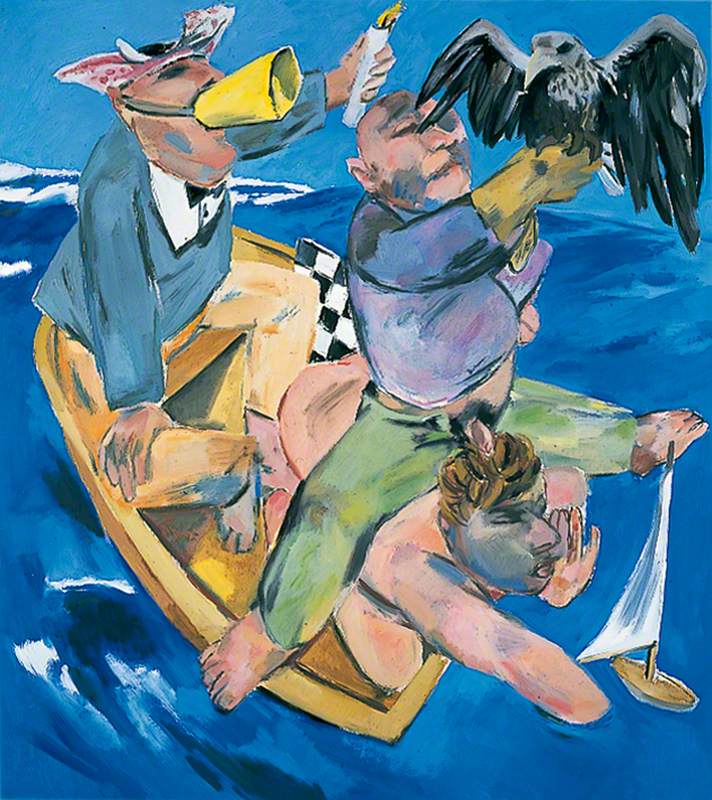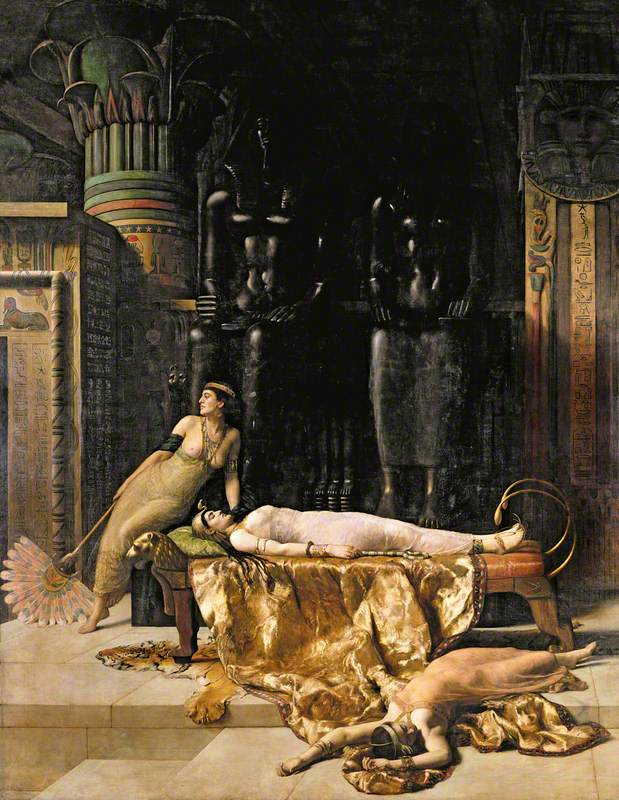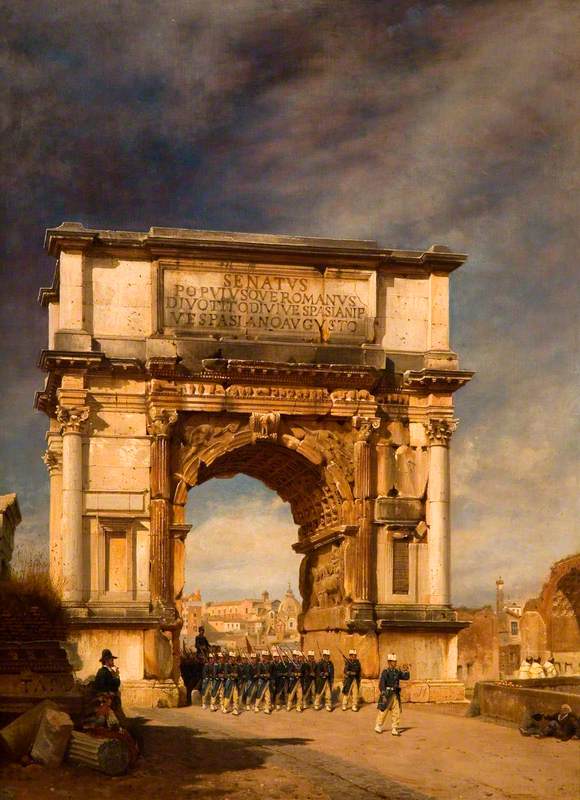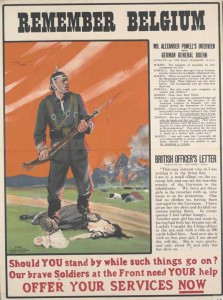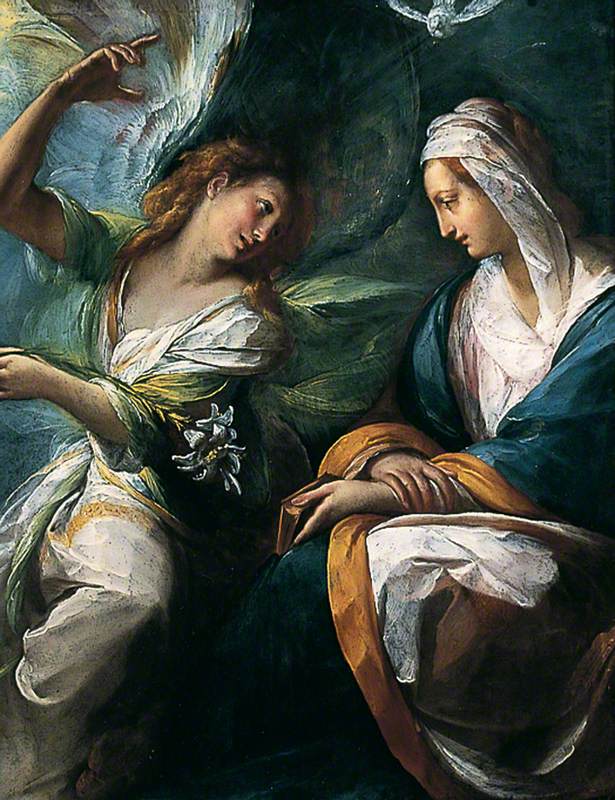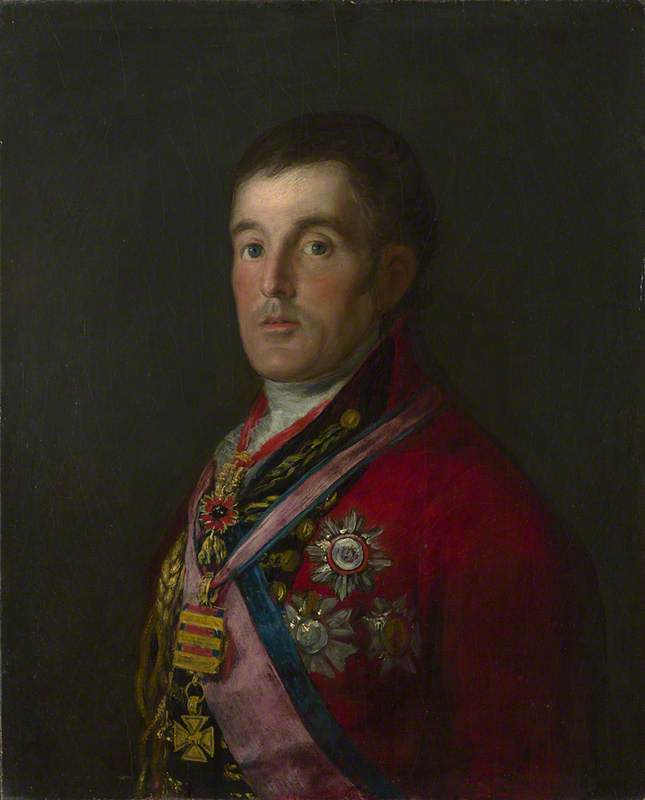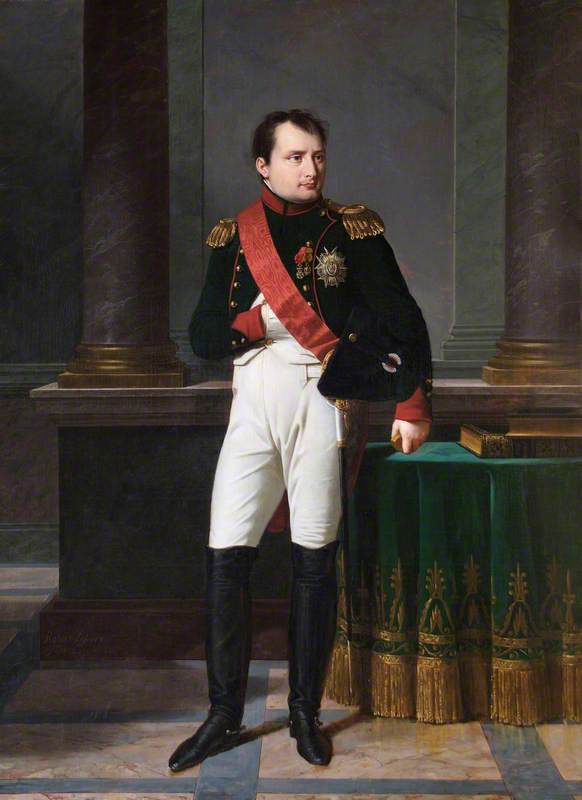Beware the Ides of March.
Thus warns the soothsayer in William Shakespeare's Julius Caesar. His words, although dramatised, turn out to be apt – the Roman statesman was assassinated on 15th March 44 BC by a group of conspirators, led by Brutus and Cassius. They were under the impression that Caesar had become too powerful, and was a tyrant. They wanted to maintain the Roman Republic. However, Caesar's murder would ultimately lead to the creation of the Roman Empire under his adopted son, Octavian – later the emperor Augustus.
Through the centuries, artists have portrayed this key moment in ancient history. Its popularity as a subject partly lies in its ability to shock even today – although the idea of being able to kill off your political enemies has probably appealed to many.
First in our list is The Death of Julius Caesar by the acclaimed Neoclassical painter Vincenzo Camuccini (1771–1844). The composition of the painting harks back to the Renaissance – note the perspective on the floor and how the main action forms a triangle.
'Julius Caesar', Act III, Scene 2, the Murder Scene
1822
George Clint (1770–1854) 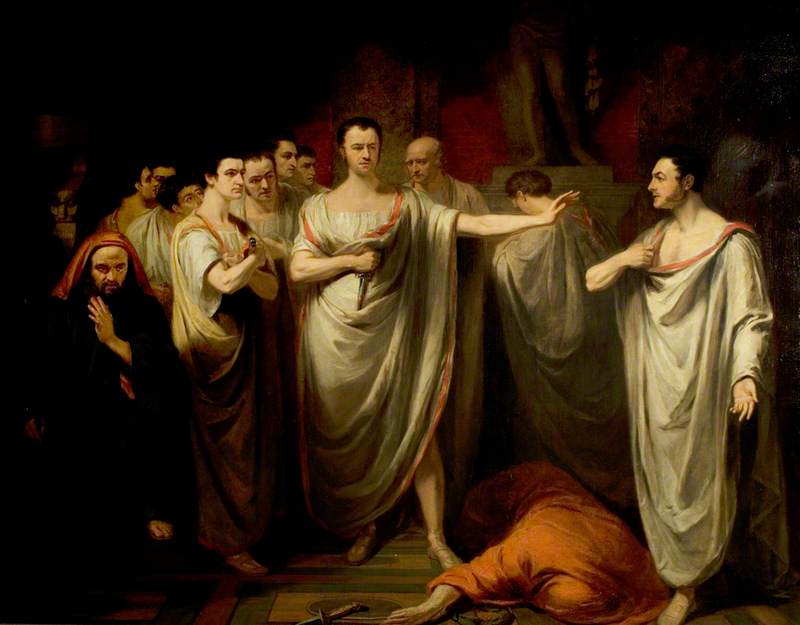
This portrayal of the murder is by Camuccini's almost exact contemporary George Clint (1770–1854), an English portrait painter and engraver notable for painting theatrical subjects. Actors used to gather at Clint's house, and this is likely a depiction of real actors who performed the play.
Not all paintings focus on the deed itself though. This rather portentous rendering of the Ides of March is by Edward John Poynter (1836–1919). It focuses on the moment when Caesar's wife Calpurnia tries to persuade him not to go to the Senate – and it even features a dramatic comet. Can you spot the trophy of Celtic arms and shields hanging between the two columns? They symbolise Caesar's victories in Gaul.
'Julius Caesar', Act II, Scene 3,The Conspiracy
William Holmes Sullivan (1836–1908) 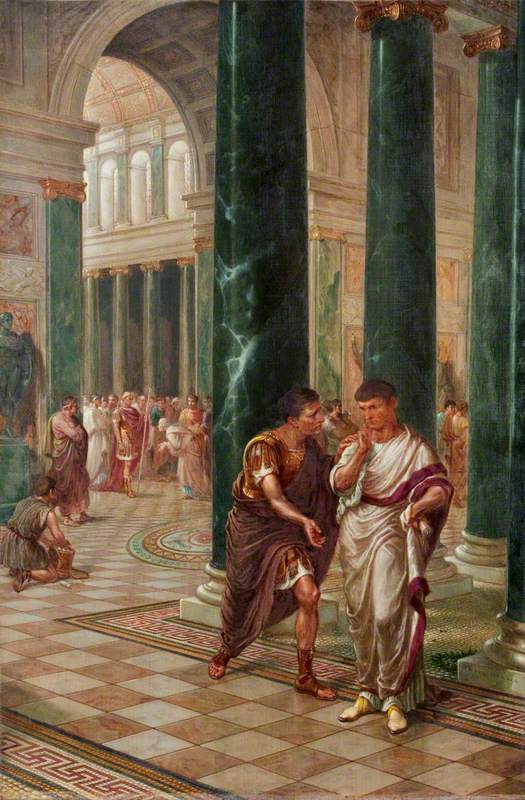
William Holmes Sullivan (1836–1908) created three paintings in a series from the Shakespeare play – Act II, Scene 3 shows the conspiracy and Act III, Scene 1 shows the assassination.
'Julius Caesar', Act III, Scene 1, the Assassination
William Holmes Sullivan (1836–1908) 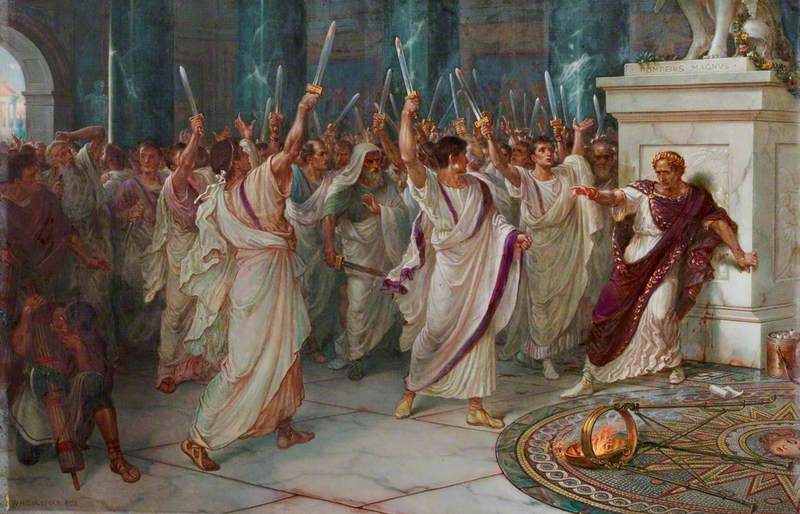
What happens next? In the play, pretty much immediately after the incident, Mark Antony gives an oration over the body... (things don't turn out well for him in the sequel either).
'Julius Caesar', Act III, Scene 2, Marc Antony's Oration
William Holmes Sullivan (1836–1908) 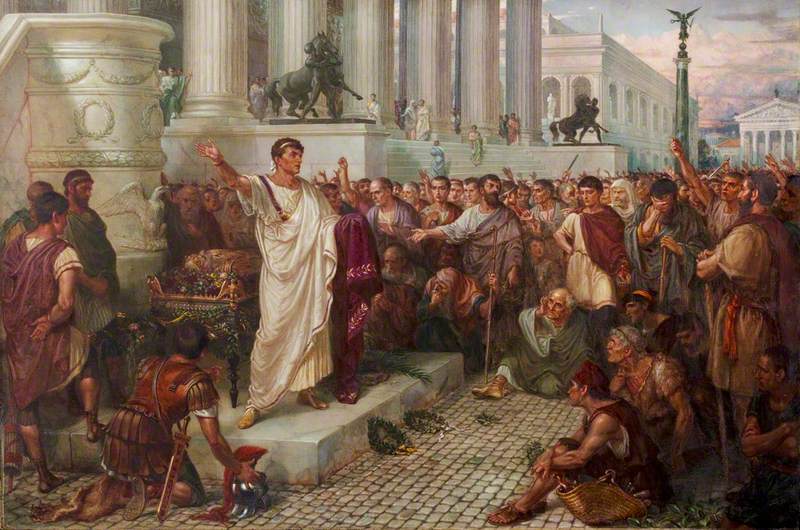
This somewhat earlier image by Apollonio di Giovanni di Tommaso (c.1415/1417–1465) shows both the assassination and funeral of Caesar. Unlike many other paintings, it follows the story as recounted in Plutarch's Lives, not Shakespeare, as it predates the play by over a hundred years. On the left Caesar sacrifices to Apollo, he heads to the Forum and is warned in front of the Pantheon. On the right, his murder in the Senate is depicted and his body is burnt on a pyre in front of Trajan's column, while his spirit watches.
The Assassination and Funeral of Julius Caesar
1455–1460
Apollonio di Giovanni di Tommaso (c.1415/1417–1465) 
There are different sources as to what happened exactly on the Ides of March, but the notorious deed and the fateful date have passed into legend, thanks to centuries of retelling.
As Kenneth Williams as Julius Caesar in Carry On Cleo says, 'Infamy! Infamy! They've all got it infamy!'
Andrew Shore, Head of Content at Art UK
